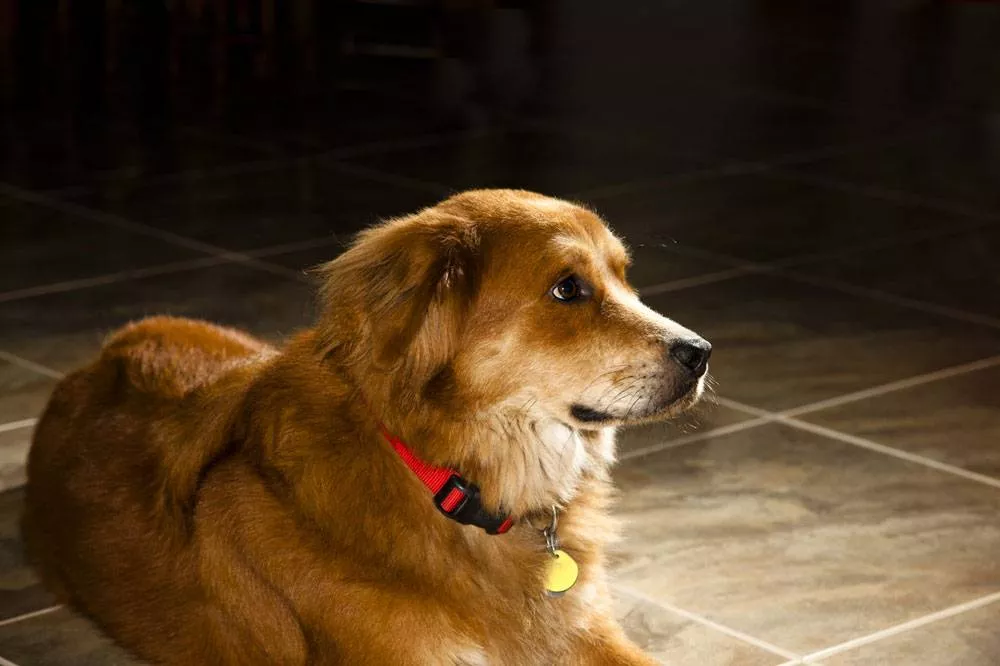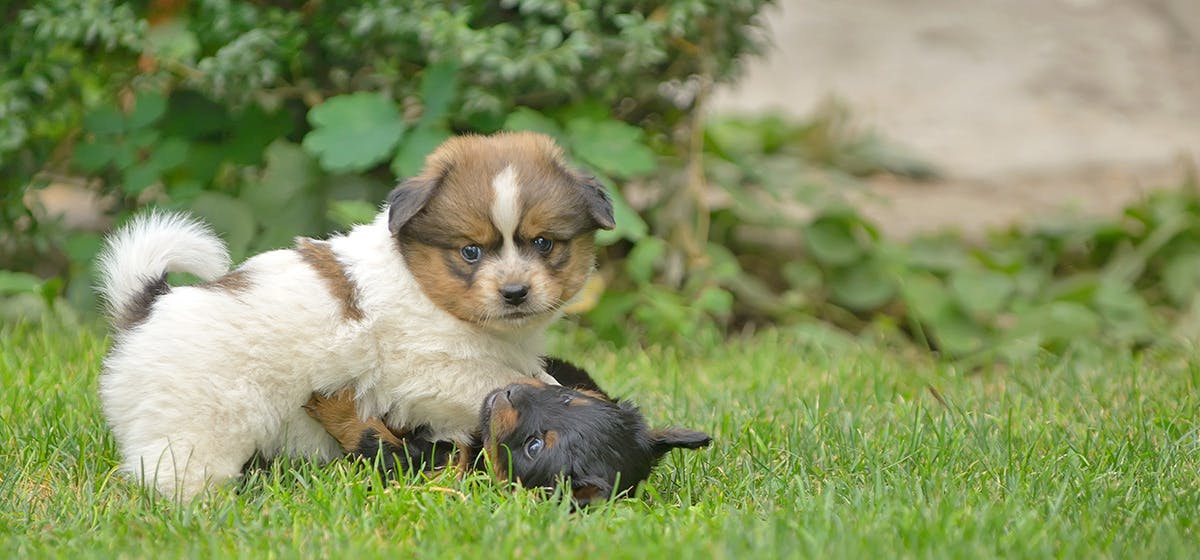
A flight reservation for your pet isn’t like flying with your own family or. If you’re planning on taking an excursion with your pet in your midst, you’ll want to do your research in advance, possibly months ahead. From the Federal Aviation Regulations to the restrictions and rules set by the individual airlines It’s essential to make sure you check all those boxes that will ensure you have a safe journey for you and your pet. Of course, you’ll want to know how you can ensure that your dog is at ease and secure throughout what is often an emotional experience. Here are some helpful tips for traveling with your pet.
Do your Homework

To begin, make sure to include your pet’s information when you reserve your flight. Based on the destination you’re traveling to it is possible to test your dog or wait for a certain time (this is usually only in countries that are international or states, such as Hawaii) So, you’ll need to begin some weeks, if not months before you travel.
It’s always good to consult with your veterinarian to get permission for your pet to travel, especially when they suffer from particular health issues or other conditions that may be aggravated due to the tension of travel. The majority of airlines will need an official health certificate from your pet’s vet, regardless. Pets must be at least 8 weeks of age and be in good health to fly by most airlines. In addition, they’ll likely require confirmation that your dog’s vaccines are current (rabies specifically).
Be prepared for some cost shock: the costs for traveling with your pet could vary from $100 up to 600 dollars (or more) according to the airline and the size of your dog and the location. Pets that are carried on are generally more expensive than a pet that is checked.
The rules could differ among airlines too, so it is important to check with your airline in order to confirm that you’re in compliance with their standards. Certain airlines might charge a one-way cost for dogs that are small and have particular specifications for how big your pet is and the type of animal carrier they’re able to fly with. Larger breeds are likely to receive “excess baggage” fees, and their pet is also checked to ensure that the airline’s standards are being met.
Know Your Rights

If you are thinking about a trip with your service dog ensure that you’re up-to-date on federal and state laws that might be applicable. It is the Air Carrier Access Act (ACAA) permits any trained service animal to assist disabled passengers on a plane. Although service dogs generally don’t require documents, most airlines have a few guidelines for assistance animals that must be fulfilled and you should be sure that your pet meets these standards prior to checking on for the flight. Therapy and service dogs are considered differently by each airline, though many allow a service dog to fly along with you in your cabin at no cost.
If you are flying for service animal owners, the airline may require medical documentation along with a long notice (at minimum 24 days) prior to the flight. They may also need proof that your dog is able to not use the bathroom (or is able to do it in a safe way) on longer-duration flights.
Don’t Forget Bathroom Breaks
Your pet can’t simply pop in the bathroom before the flight. Likewise, when they arrive, it’s unlikely to be the best option for the pet to go potty and therefore a pre-planned toileting plan is always an ideal option. Based of the size (and toilet requirements) the pet has might need to carry a toilet pad or an empty trash bag along, just in the event of. A walk before departure is recommended whenever it is possible (some airports might even have an animal park or another play space to play in with your dog).
It’s recommended to keep your dog from eating prior to the flight or giving any type of “people meals” or other food items that could upset their stomachs during their flight. The general rule is to provide your dog with dinner about four hours before the flight.
Strategically Book Your Seat

It’s recommended to reserve your seat ahead of time and, if you’re lucky, to create an open-air seat. If your dog isn’t big enough to be able to fit in the carrier that is stored beneath the seat directly in front of you and you want to have a window seat, it can make sure that you aren’t infringing on the legroom of other passengers. If you’re traveling with animals that are larger (such as an animal that is a service dog) it is possible to reserve an extra-long seat or inquire with your airline about alternatives to let your pet fit on your lap without obstruction to the aisle.
Remember that airlines are required to follow certain regulations. For instance, airlines prohibit dogs from being allowed to block aisles to prevent safety concerns They are also not obliged to upgrade your seating in order to allow your dog to.
Keep Them Warm
The stress of flying can be stressful for canines and humans So it’s essential to plan ahead so that your pet is at ease and as comfortable as possible during your travels. Make sure you invest in an appropriate-sized pet car seat that you are able to rotate around in. You might also think about taking an extra blanket or a toy that smells home (particularly when your dog won’t be flying around in an airplane with you).

When your animal isn’t accustomed to traveling in a pet carrier You’ll need to spend some time in the days before your flight to help them get used to the tiny space (try providing meals inside the carrier and rewards for time they spend in it). Discuss with your veterinarian any other strategies to reduce the anxiety that might be appropriate for your pet. This could include tranquilizing medications for anxious dogs.